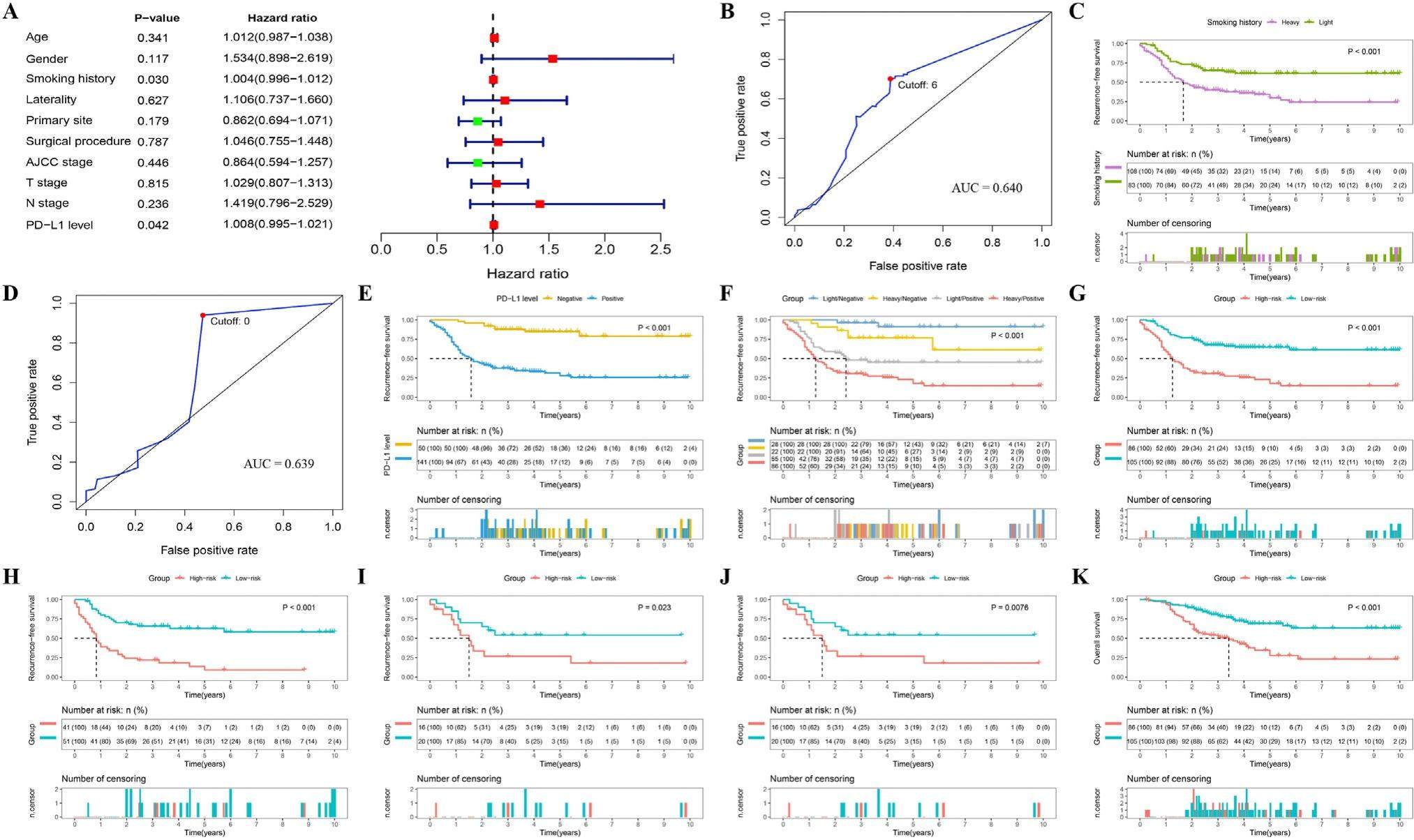
PD-L1 expression and smoke exposure as biomarkers for optimizing adjuvant therapy for patients with resected limited-stage small-cell lung carcinoma


Small-cell lung cancer (SCLC) is a highly malignant cancer with characteristics of rapid growth, abundant angiogenesis, and early distant metastasis that accounts for about 15% of lung cancers. With the wide application of low-dose computed tomography screening in recent years, the incidence of early limited-stage SCLC has increased dramatically. Clinical trials and real-world data have shown that surgical resection followed by adjuvant chemotherapy with or without radiotherapy is the recommended treatment for selected cases of limited-stage SCLC. However, due to chemotherapy resistance, the high frequency of postoperative recurrence reduces the long-term survival of SCLC patients. Therefore, there is an urgent need for more precise classification strategies to identify patients who can benefit from adjuvant chemotherapy.
